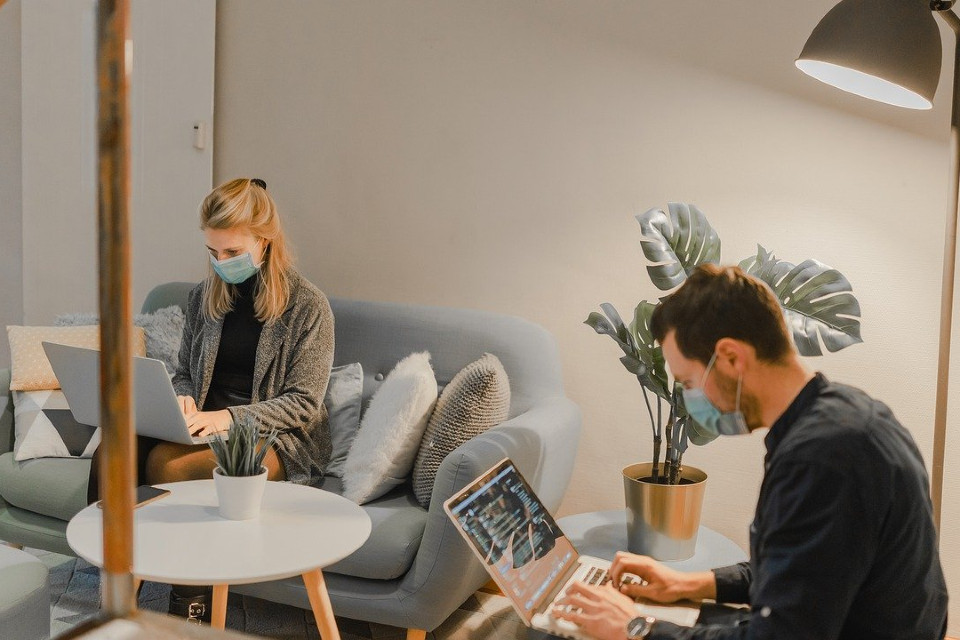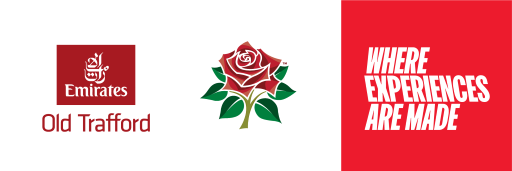Further to new reports by the BBC that almost all 50 of the UK’s biggest employers have said they do not plan to bring staff back to the office full-time, a selection of industry experts reveal their thoughts on the future of hybrid working…
Hybrid working will lead to a better, more balanced existence
The long-standing differences in how women and men spend their time was starkly revealed in lockdown. Women consistently spent more time on unpaid childcare, education and household work throughout the pandemic and reported higher levels of anxiety and depression.
Having studied the evolution of attitudes to time at work, organisational consultants Martin Boroson and Carmel Moore from The One Moment Company believe we are at a stark juncture: “The choices we face either drag women back into the tired, old traditional roles or propel the whole workforce forward to a better and more balanced existence. The whole system benefits.
Hybrid working is not a slight variation on how we’ve been working in the past. It is a completely new way of working. We need to learn how to do it. Instead of focusing on the externals–technology upgrades, new HR policies, and a rejigged real estate footprint–leaders need to focus on the internals. They need to start designing the new way of work by listening, taking stock of how priorities have changed, not only for their people but for their customers.
The new forms of work must emerge from genuine understanding of diversity in the time styles and needs of a diverse workforce. Corporate values need a hard, honest refresh to make them genuine, relevant and attractive to the place we are in now.”
But will women remain at a disadvantage?
Dr Lucy Davey, a coach for professional women is concerned that an increase in permanent home-working may mean more women are at a disadvantage when it comes to career progression: “Many businesses are shifting towards more flexible working options which give employees the choice between working from home or the office. The trouble is that despite appearing more inclusive, it’s likely to result in the complete opposite. A higher proportion of women will take up the offer of working from home in order to fit around their childcare needs. Ultimately, this means that they’ll spend less time in the office, will be less visible than their office-based counterparts (often male) and less likely to be next in line for a promotion.”
Employee wellness needs to be urgently reviewed
The recent ONS report revealed that sickness absence rate for workers doing any work from home was 0.9% on average in 2020, compared with 2.2% for those who never worked from home in their main job. Whilst this can be attributed to being away from the germs and bugs associated with commuting and air-conditioned offices, it is also important to recognise that many were simply working through periods of illness or injury.
“Very few employees are likely to enjoy the luxury of a purpose-built home office. Instead, people have been perched on uncomfortable chairs, on edges of beds with screens and keyboards at the wrong height or angle. Sooner or later, health and wellbeing will suffer and many employers are already anticipating a future wave of claims in regard to muscular-skeletal employee health and well-being issues,” explains Elisa Nardi, CEO of Notebook Mentor who has had a three-decade career in human resource management, including fifteen years as a group chief people officer.
“There has been a marked rise in back problems since people started working from home, and if employers don’t do something about the issue quickly, in years to come they are going to face court claims from employees suffering long-term chronic pain. Even if as an employer you don’t have the funds to supply appropriate working from home equipment, the least that can be done, is to supply information on good workplace ergonomics.”
Pre-Covid-19, the facts and stats around stress, anxiety and depression at work were a concern, accounting for 44% of work-related ill health issues and 54% of working days lost. Amidst a global pandemic, the evidence suggests it is nothing other than a bigger problem than it was before. “Levels of happiness are rising, however, there is,” says Nardi. “A likely anxiety spike on its way, based on people’s concerns about commuting and returning to the workplace.”
Another key health issue to consider is the business impact of Long Covid; the topic of long-term illness is covered in Notebook Mentor’s Dealing with work and serious illness notebook “One of the main challenges of long COVID is knowing how long the effects are likely to last. Cases have shown that symptoms seem to come and go. An employee may be fit to work one day, and then totally debilitated by their condition the next, with very little notice. People suffering long-COVID need to be treated sensitively, and with agility, such that new ways of working can be found, tackling immediate issues and those we cannot yet foresee,” explains Nardi.
Virtual training is now the norm
Hybrid working has levelled the playing field for homeworkers and reduced the disparity between home and office-based working, explains Aidan Dunphy, director of digital consultancy, Samepage.
“I’ve always felt that remote workers were to some extent second-class employees, excluded from muttered conversations, the forgotten 2D face on a screen at the end of the boardroom table. However lockdown has levelled the field; our classroom-based product strategy training has switched to Adobe’s Connect platform with great success, a welcome experience for trainees having to acclimatise to full-time online working.”
“We’ve trained teams distributed across continents with a classroom dynamic, albeit with sensitivity to the particular rigours of video conferencing. Demand began to climb in Q4 as it became clear to clients that there’s nothing weird about remote working, and we expect online in-person training to become a normal activity for technology firms, even as face-to-face once again becomes possible.”
Hybrid Working requires more than just a ‘tweak’ to business models
Some of the biggest employers in the UK have indicated that they do not plan to bring their staff back into the office full time. These powerful, wealthy and influential organisations are now tasked with finding ways to effectively communicate their values, aims and purpose in order to retain staff working remotely, keep investors happy and provide a positive impact on the world around them.
“Businesses are generally carrying on ‘business as usual’ and the pursuit of growth; which is what they know and understand. Of course, there is not a Board or Senior Management Team on the planet that is not aware of the increasingly urgent call for change. But when you don’t know how to change what do you do?,” explains Neil Gaught, co-founder of Single Organizing Idea Ltd and author of Core: How A Single Organizing Idea Can Change Business For Good (Routledge).
“Unfortunately, the generation of business leaders who are in charge today, are totally unaware of the 21st-century tools and approaches required to make change possible. And even if they are aware of them, the vast majority are simply too heavily invested in the status quo to want to make change possible. Unfortunately, that also includes many of the ’trusted advisors’ (management consultants), they rely upon. The scale of this specific issue is massive when you consider what is required: It is not just some ‘tweaking’ that’s needed to accommodate the next chapter of permanent hybrid working, but a radical change to the core business models that sit at the heart of these corporations.”















